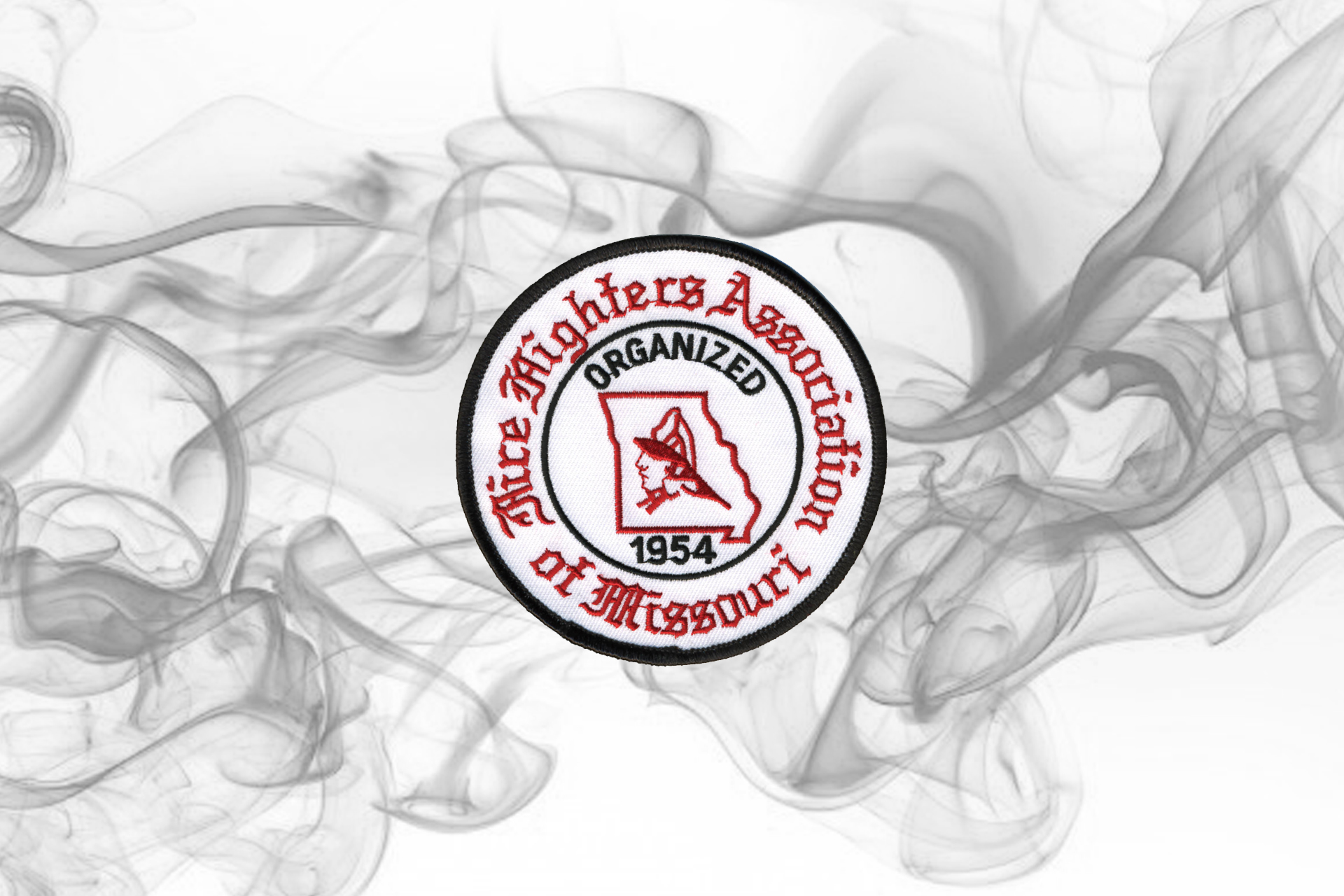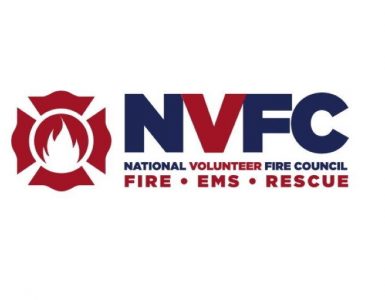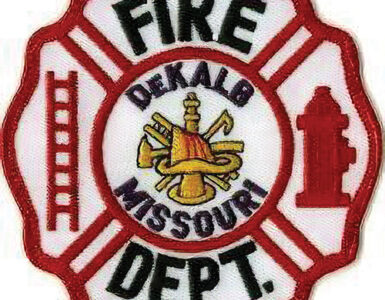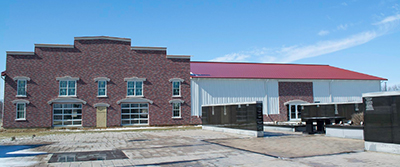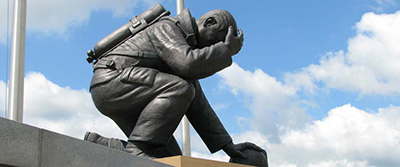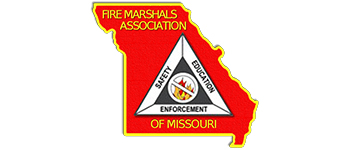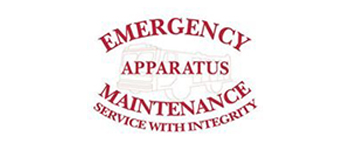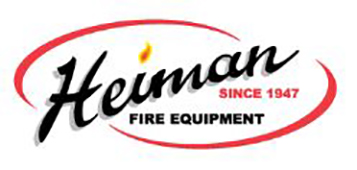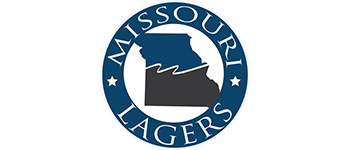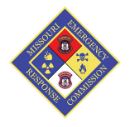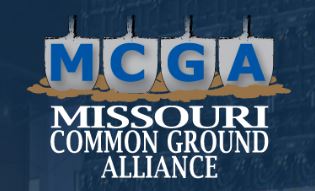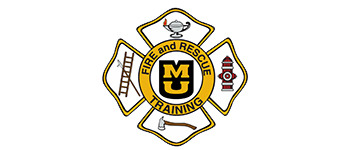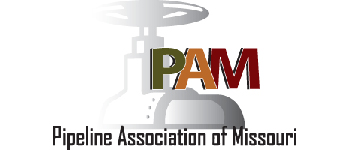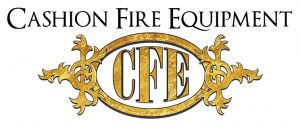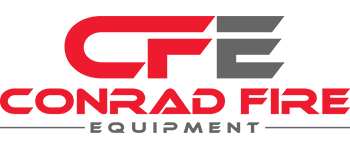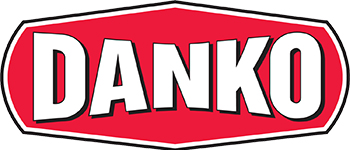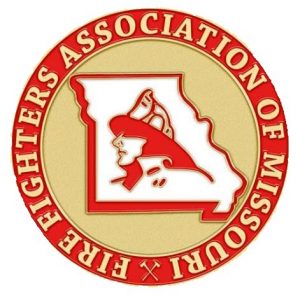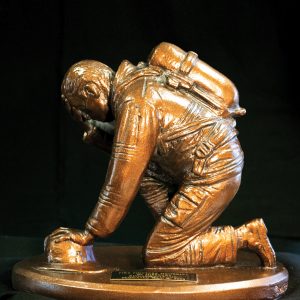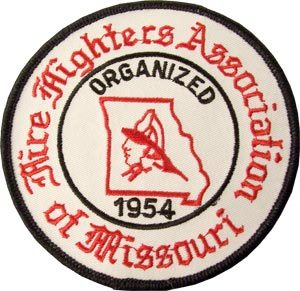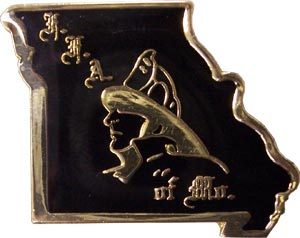Hello to all from the East side of the state. Summer is here and on this side we have had some hot days with high humidity, so before the dog days of August hit us, here is a friendly reminder about hyperthermia.
Hyperthermia is actually an umbrella term. It refers to several conditions that can occur when your body’s heat-regulation system can’t handle the heat in your environment.
Hyperthermia comes in many stages. Heat exhaustion, for example, is a common condition. But others, such as heat syncope, may be less familiar to you.
Heat stress
If your body temperature starts to climb and you’re unable to cool yourself through sweating, you’re experiencing heat stress. Heat stress can lead to serious complications, such as heat exhaustion and heat stroke.
In addition to feeling uncomfortably hot, you may also experience:
•dizziness
•weakness
•nausea
•thirst
•headache
If you’re feeling signs of heat stress, get to a cooler area and rest. Start drinking water or other fluids with electrolytes that will help restore hydration. Electrolytes are substances in the body, such as calcium, sodium, and potassium that keep you hydrated. They help regulate your heart rate, nerve function, and muscle health.
Heat cramps
Heat cramps usually follow intense exertion or exercise in the heat. They’re usually the result of an electrolyte imbalance and are typically felt in the abdomen, leg, or arm muscles.
To help relieve heat cramps, rest in a cool place, and be sure to replenish the fluids and electrolytes that are lost when you sweat.
Heat exhaustion
This is one of the most serious stages of hyperthermia. In addition to sweating profusely, you may experience:
•dizziness
•weakness
•thirst
•coordination issues
•trouble concentrating
•skin that’s cool and clammy
•rapid pulse
This is the last stage before heat stroke occurs, so it’s important that you rest and rehydrate as soon as you feel symptoms developing.
Heat stroke can occur when your body temperature reaches above 104°F (40°C). Fainting is often the first sign.
Other signs and symptoms include:
•irritability
•confusion
•coordination issues
•flushed skin
•reduced sweating
•weak or rapid pulse
When these signs start to emerge, you should:
•
Try to get to a cool location, preferably one with air conditioning.
•
Drink water or electrolyte-filled sports drinks.
•
Take a cool bath or shower to help speed up your recovery.
•
Place ice bags under your arms and around your groin area.
Prevention
Drinking water is a must in order to prevent heat injury. Depending on the heat and activity level, a firefighter may need to drink between a pint and three quarts of water per hour. In hot, dry climates this can total as much as three gallons per day.
Many years ago I read a study conducted by the Israeli Defense Forces to determine the most effective liquid for their soldiers to consume to prevent dehydration and to treat cases of heat cramps or exhaustion if they occurred.
The results showed that a tepid liquid (cool, not cold) consisting of one part fruit juice and nine parts water was the best combination for rehydration because soldiers would keep drinking. Ice-cold beverages stimulate nerve endings in the back of the throat and tell the brain that thirst has been quenched, albeit prematurely.
Treatments
When prevention fails and heat-related illnesses set in, it is important to quickly recognize the signs and apply the proper treatment. Here’s a look at how to approach each level of illness.
To treat heat cramps:
•
Stop all activity, remove all items of the protective ensemble, particularly the protective hood, and sit quietly in a cool place.
•
Drink cool water, a sports drink, or other drinks with no caffeine or alcohol.
•
Do not resume activity for a few hours after the cramps go away, since heat cramps can lead to heat exhaustion or heat stroke.
•
Get medical help if the cramps do not go away in one hour.
To treat heat exhaustion:
•
Perform the first two bulleted items above.
•
Sit in front of a cooling fan or mister to help promote sweat evaporation and cool the body.
Heat stroke is a time-critical medical emergency. Get the firefighter to a shady or cool area and call for emergency medical assistance immediately. Until they arrive, do the following:
•
Cool the victim as quickly as possible with a cool bath or shower, a spray of cool water from hose, or by wrapping the victim in a cool, wet sheet.
•
Check body temperature often and continue cooling efforts until temperature drops to 102°F.
•
Do not give any fluids to drink until their body temperature has been lowered.
Let’s talk about this year’s fire prevention theme which will be here before we know it, and the cooler days and nights. Please read up on the rules and regulations for paper size and fill out the poster contest label which can be found under the fire prevention drop down on the FFAM website. Have a great safe summer. See ya at the Missouri State Fair.


